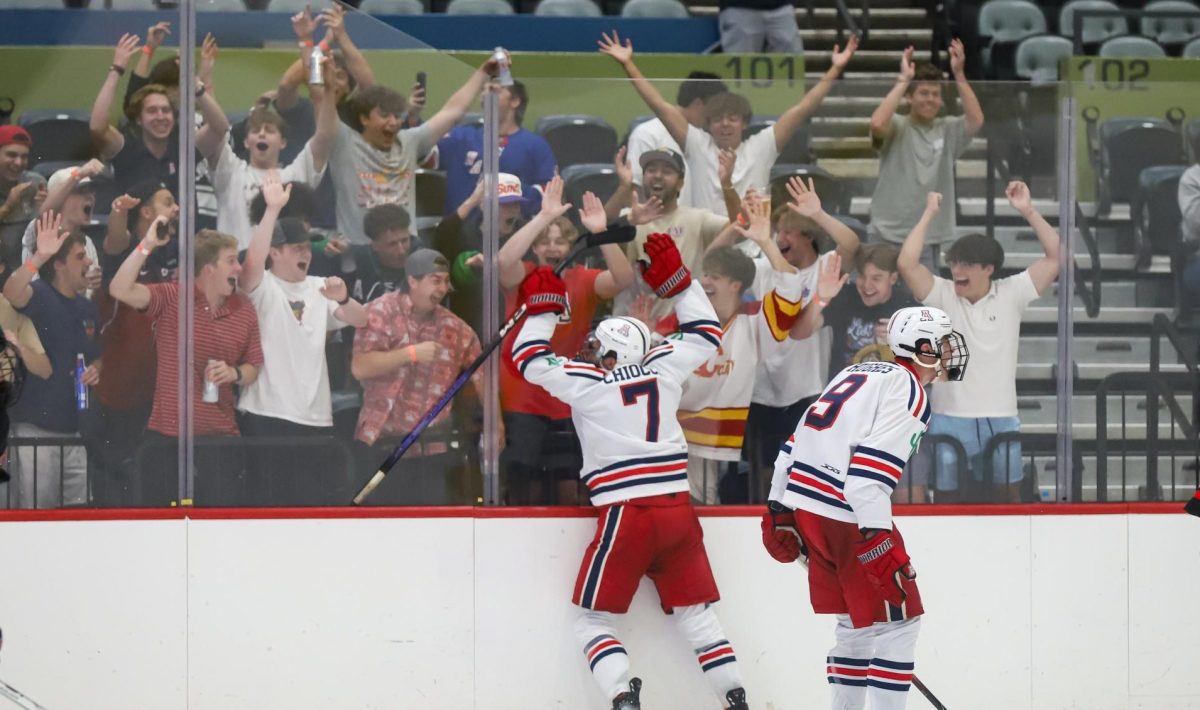Belonging to a school within one of the Power 5 conferences has the potential to cloud reality and play down the long-term effects of the NCAA’s decision to grant the Pac-12, ACC, Big 10, Big 12 and SEC conferences power of autonomy over its athletic programs.
According to the association’s ruling last month — which was approved by the Division I board of directors in a 16-2 vote — schools within the nation’s top five leagues now have the freedom to decide and control the outcome of long-disputed topics such as athletic program staff sizes, recruiting rules, mandatory hours spent on individual sports, cost-of-attendance stipends and insurance benefits for student-athletes.
Additionally, the ruling could also give way to loosened restrictions involving contact between agents and players.
Each of the 65 schools that this ruling applies to has until Oct. 1 to submit its own legislation in order for it to be authorized at the NCAA Convention in Washington in January.
Four-year scholarships and full cost-of-attendance stipends rank among the top priorities on several league presidents’ lists of things to change.
While this ruling may sound all well and good for an established athletic powerhouse like the UA, it represents the kiss of death for smaller institutions that belong to less-dominant leagues both from a recruiting and fiscal standpoint.
With Power 5 schools being able to offer full cost-of-attendance stipends, smaller Division I schools that do not belong to one of the top five conferences are at a complete disadvantage. The amount of money a high-major program is able to shell out for its student-athletes is well beyond the money a mid-major program has at its disposal.
It’s a fact that making the NCAA Tournament is good for a program from a recruiting standpoint. Prospective players want to know that the program they are coming into is strong and that they are being taken care of as student-athletes.
Now, with the NCAA’s decision, even if small programs make Cinderella-runs and upset major teams in a tournament, there is no guarantee that it will positively affect their schools. Prospective athletes know that schools in the Power 5 conferences have the ability and funds to take better care of them.
—Follow Evan Rosenfeld @EvanRosenfeld17








